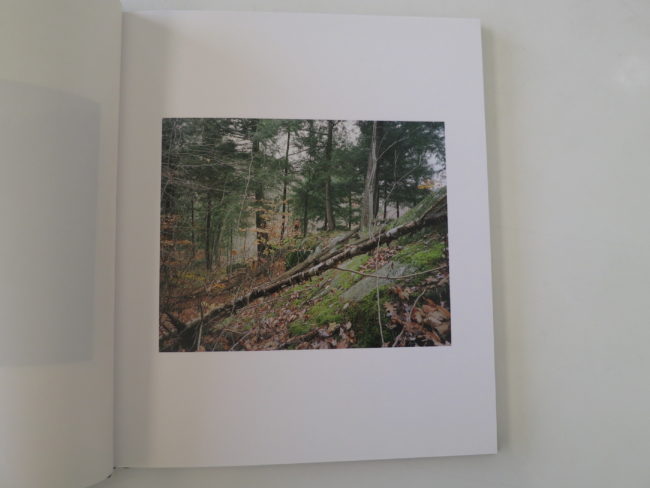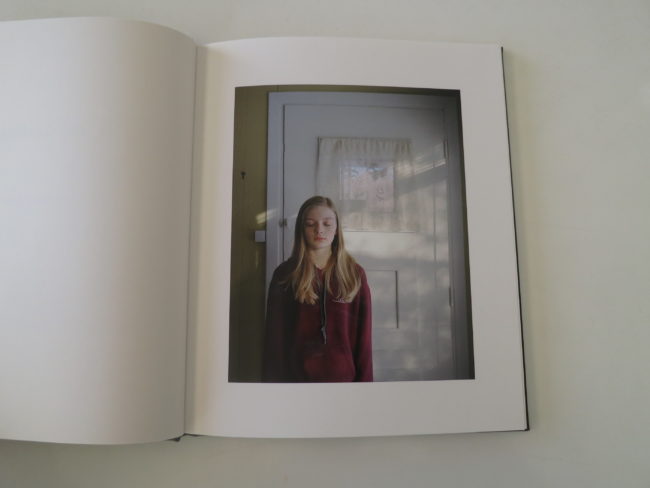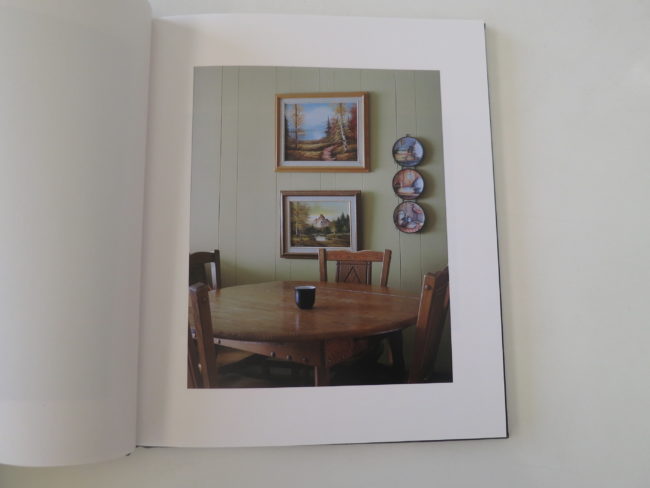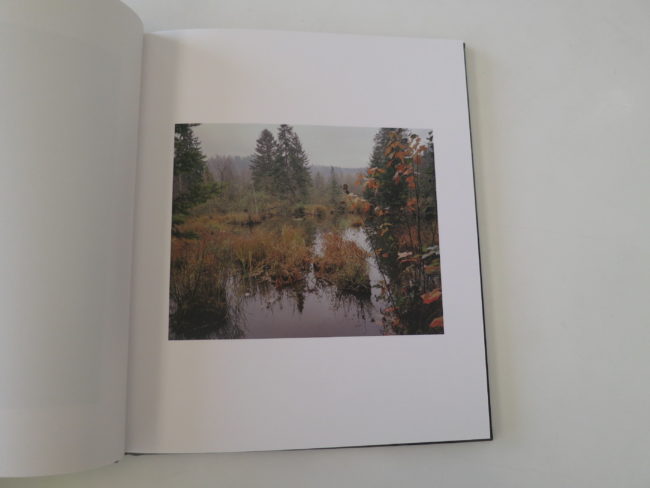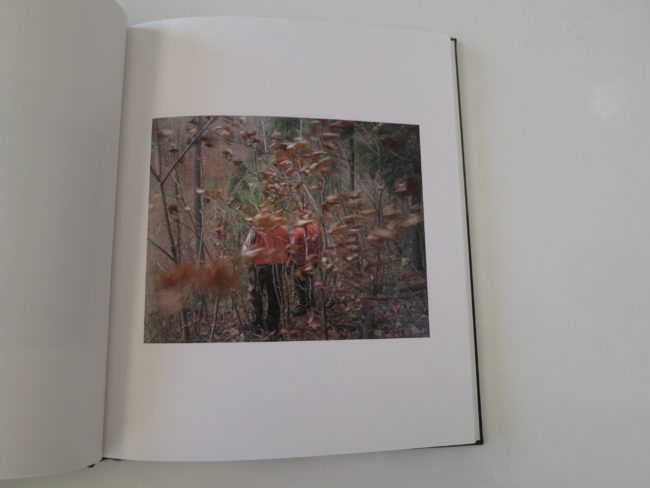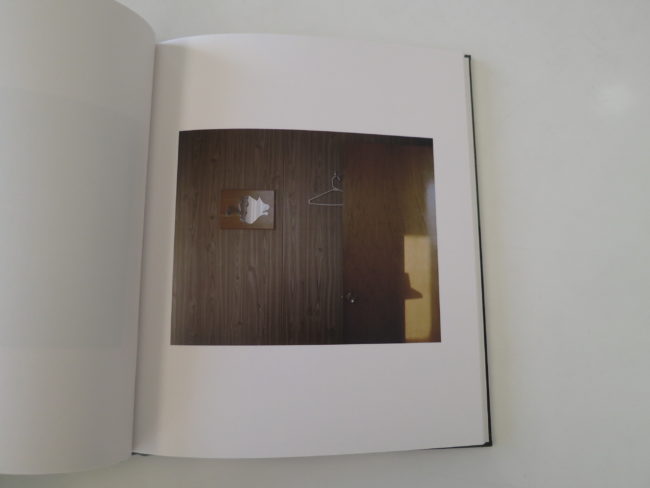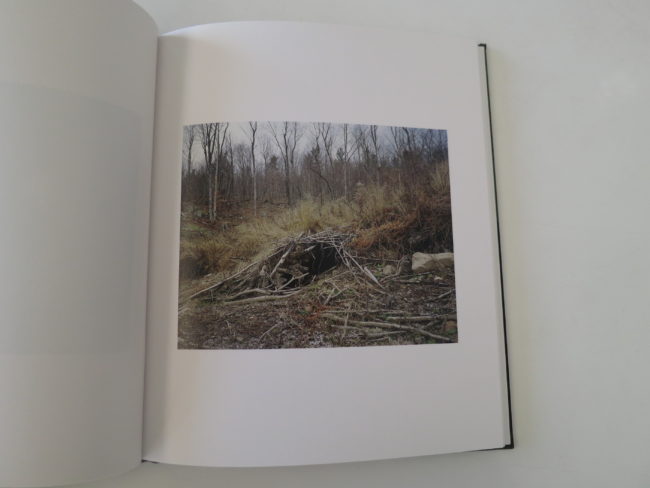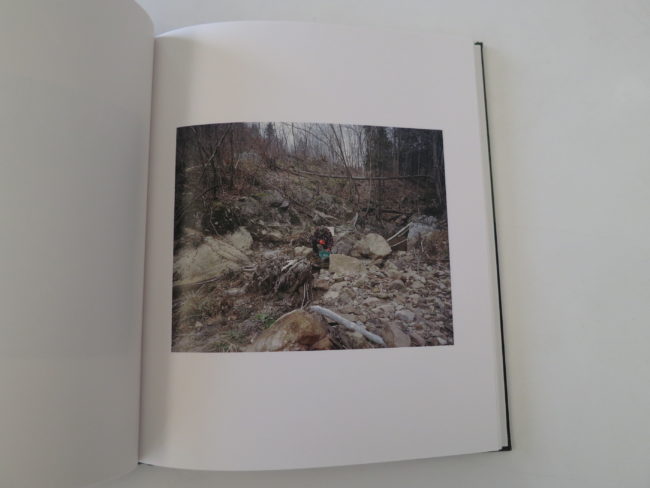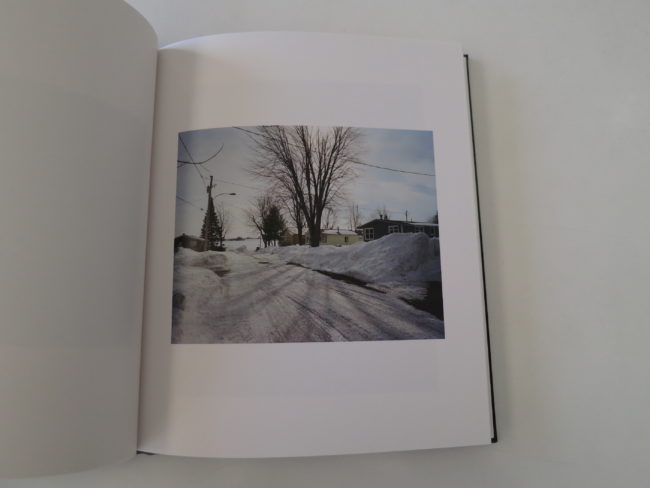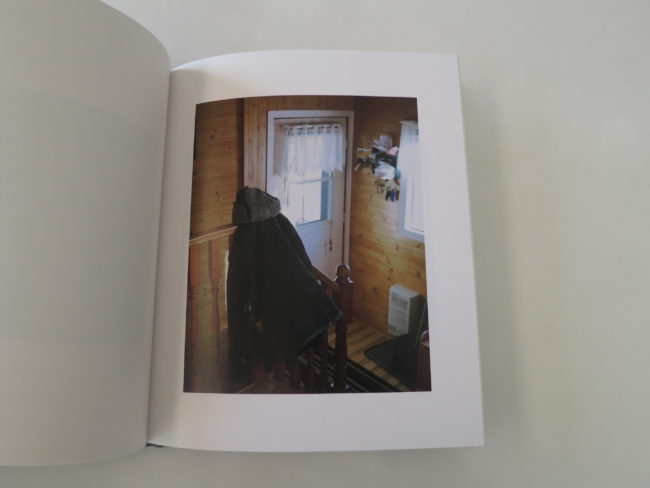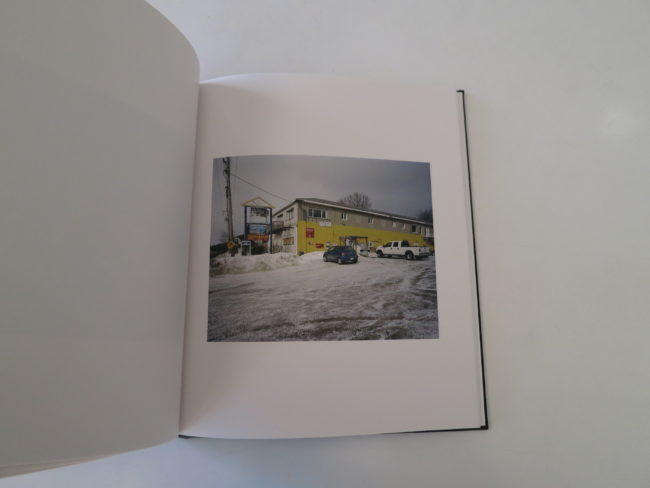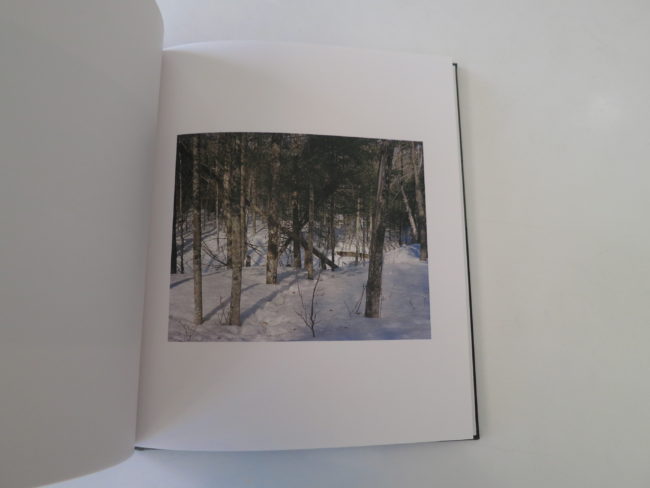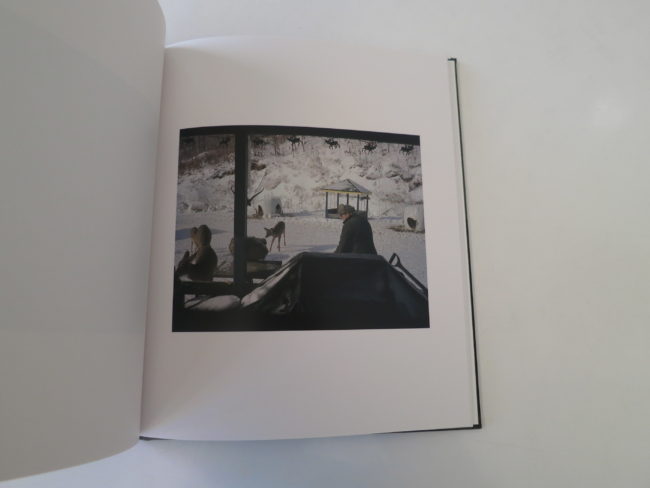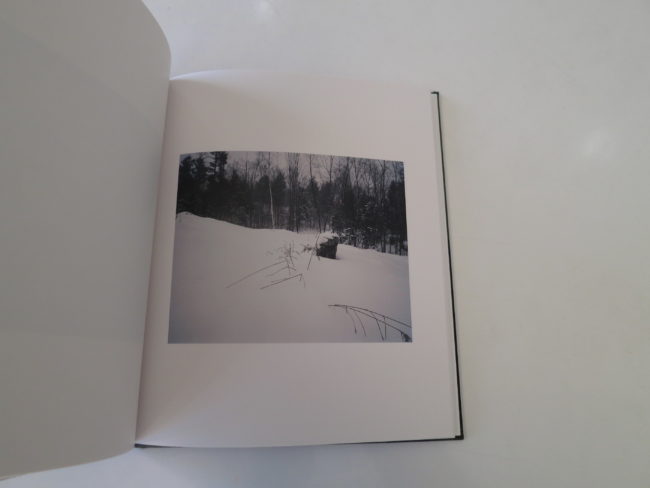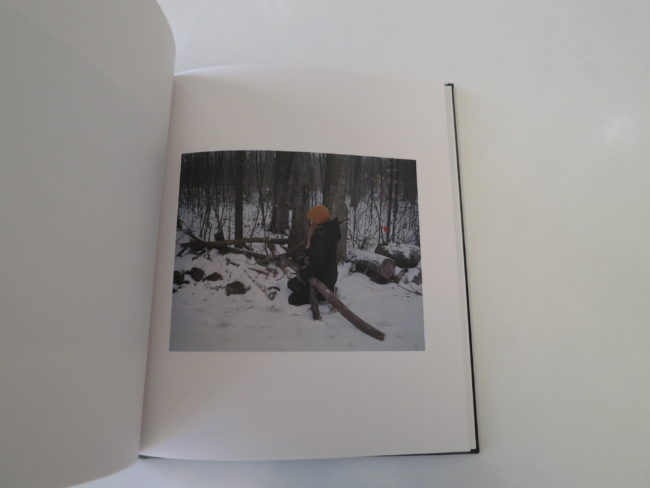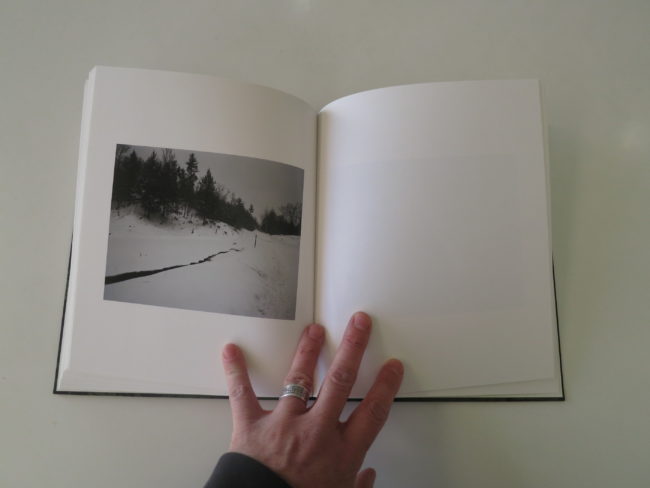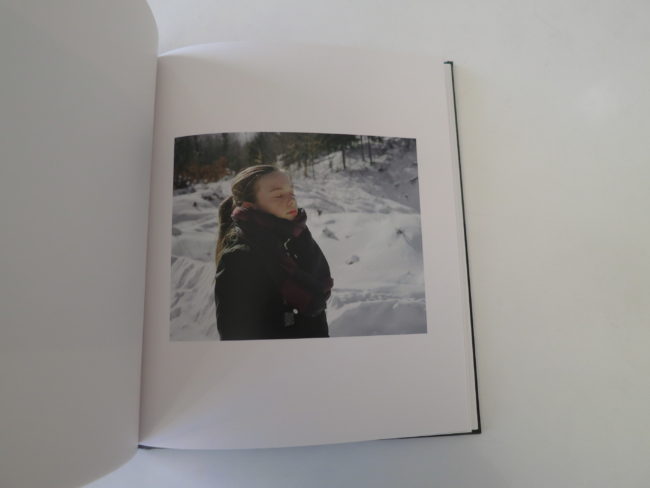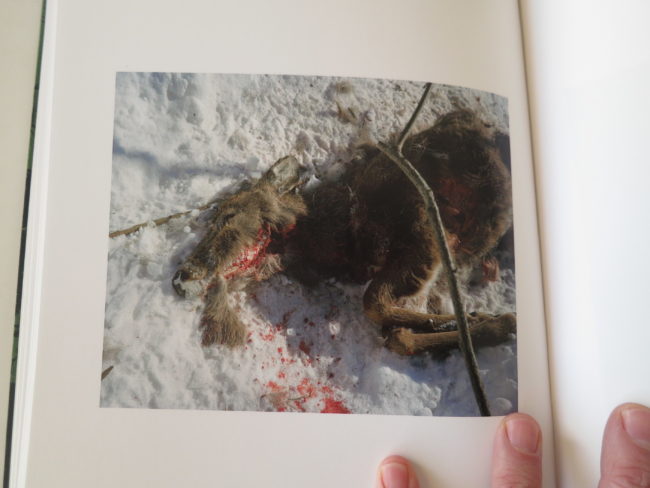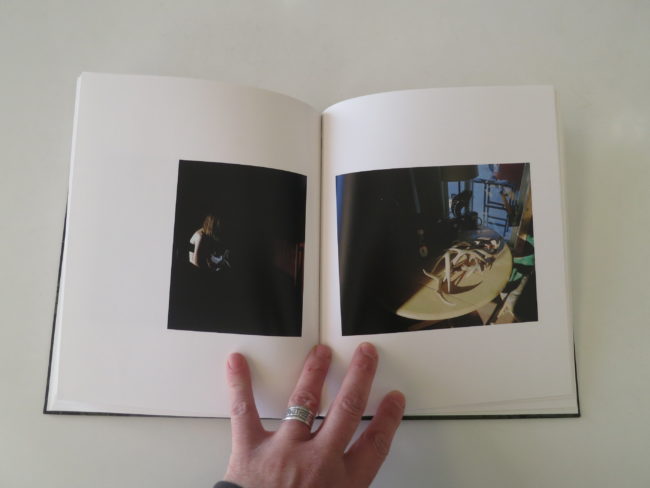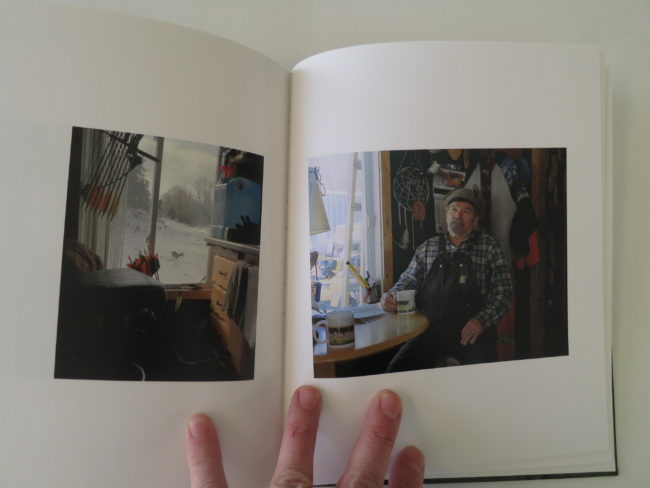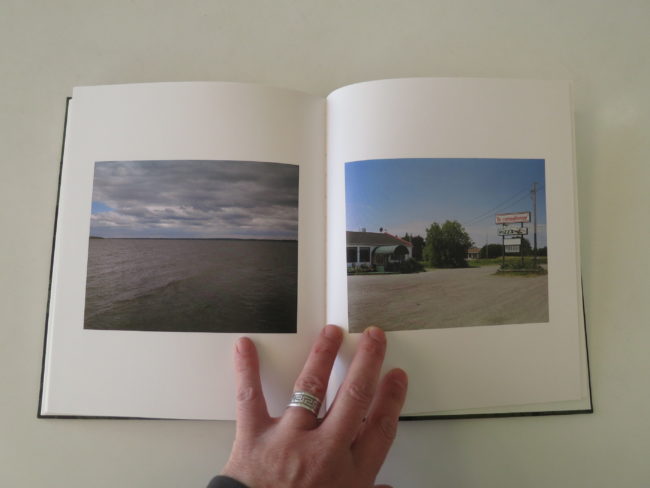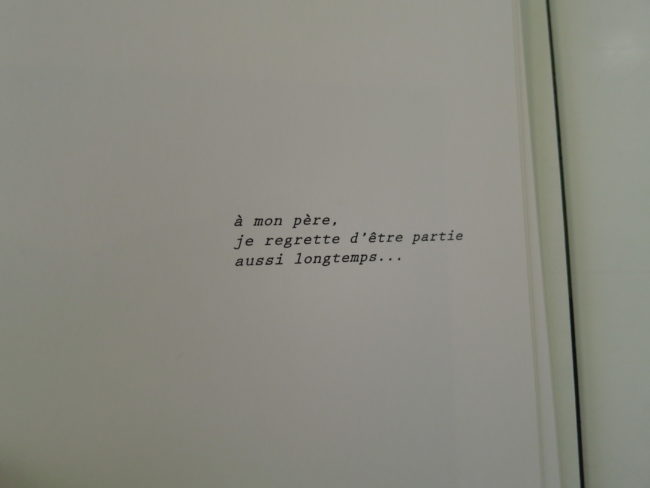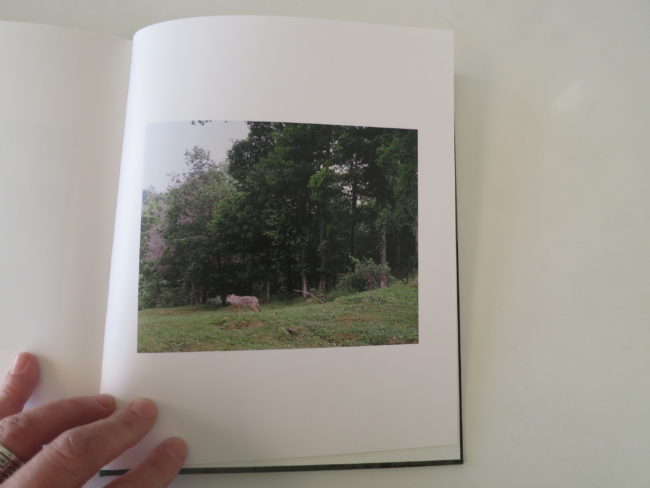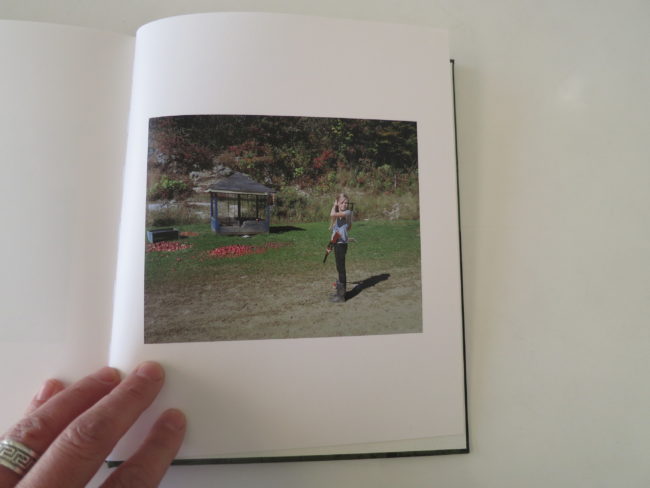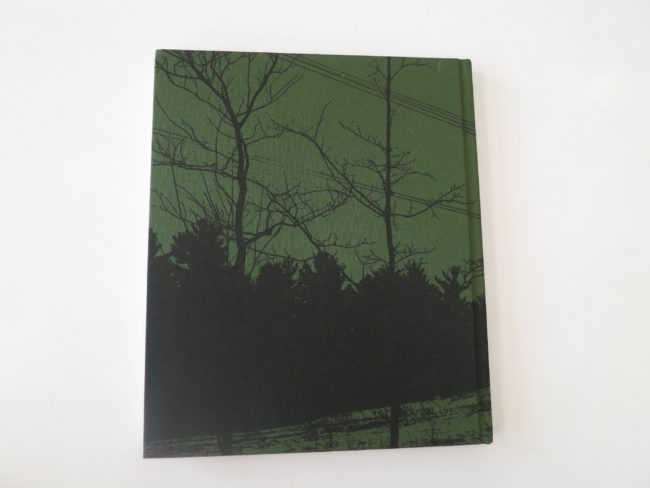It was 9 degrees below zero here this morning. (Fahrenheit, for all you non-Americans.)
That’s insanely cold.
An army of icicles hangs off my roof, each a menacing, translucent dagger that could impale a person without trying too hard.
In other words, winter has arrived in earnest here in the Rocky Mountains.
Ironically, our weather patterns have little to do with what happens in our part of the Great American West. Our mountains, rivers, ravens, cougars, and humans have nothing to do with it at all.
Rather, the temperature of ocean water in the Pacific, thousands of miles away, determines whether it snows like crazy, as it is this year, or nothing drops from the sky at all.
They call it white gold, the snow, since it brings money to town, as Taos Ski Valley remains the heart of our winter economy. (Such as it is.)
In El Niño years, like this one, massive, regular storms march across Southern California and Arizona, on a direct line East, and crush us with waves of delicious, champagne powder.
Every time.
But last year, just 12 months ago, our December was marked by a string of 50-55 degree days, with their attendant purple-blue skies, and massive amounts of unchecked sunshine.
It didn’t snow at all, and had Taos Ski Valley not been bought by a hedge fund billionaire 5 years ago, the entire resort might have gone out of business.
Things were that bad.
As you might have guessed, we did not have an El Niño pattern last season.
Quite the opposite.
It was La Niña, which pushes all moisture directly up the West coast, into Washington and Montana.
When they get all the moisture, we get none.
From that standpoint, selfishly, La Niña is quite a nasty, unforgiving little girl. (That’s what it means in Spanish: little girl. I’m not being sexist.)
Young girls grow up tough around here, as they have little choice. Life in the Sangre de Cristos, with its raw nature, poor economy, and capricious weather patterns, is not easy at all.
If you don’t grow up strong out here, really bad things can happen. (No examples today, but after 7+ years of this column, I think you know I don’t exaggerate.)
Just yesterday, on the mountain, I took my daughter up the big hill for the first time, as she’d stuck to the bunny slope so far in her short ski career.
Coincidentally, an acquaintance had her young daughter there as well, also for her first-ever-run, and we bumped into each other exactly as the girls were beginning their adventure. (Again, such coincidences happen here so often that most Taoseños will just say it was “meant to be,” or that Taos Mountain must have interceded.)
At one point, Autumn, (who’s 4,) was in the lead, and she wiped out with Amelie right behind her. My 6-year-old tumbled directly over the smaller girl, launching into the air, with her skis flying skyward as she descended right onto her head.
We adults were only 50 yards behind, and rushed to the scene of the accident, as it was ugly, and the tears were likely flying faster than an Elon-Musk-designed spaceship.
It did not look good.
But the second we arrived, we saw the girls smiling and laughing, ready to jolt up like a Pop-Tart coming out of an old-school vertical toaster.
No tears.
No drama.
Just a couple of hardened mountain sprites ready for more, giving the pain of the accident no more consideration than Jon Jones might worry about a scratch on his finger.
Like I said, they grow them tough out here, and as an avowed feminist, I take great pleasure in knowing that my beautiful, honey-haired daughter has an iron constitution.
I think it’s something of a universal phenomenon in harsh, cold, difficult places.
Girls who hunt with bows and arrows, chop wood with axes, ski off of cliffs, and learn jiu-jitsu to kick some serious ass. (In fairness, Autumn’s mother grew up a mountain girl in Vermont, and recently sermonized on the proper way to gut, skin and hang a deer carcass.)
If 2018 was the year of #MeToo, where women came out in droves to challenge traditional narratives of male dominance, perhaps 2019 can move the ball down the field a bit further?
Perhaps it’s the year to celebrate the idea of equality, in which men and women can appreciate each other’s strengths and differences, while simultaneously accepting that neither gender is better or worse than the other?
That strength, which historically was associated with men, is of course the equal purview of women.
As is wisdom, intelligence, compassion, and ambition.
I know it seems like this column was generated by the weather, and the obvious status as “first column of the year,” but that’s not entirely true.
Rather, I was inspired by “sur-la-Rouge,” a photo book that turned up in the mail this autumn by Jo Schryer, from Montreal, published by Peperoni Books in Germany.
In a parallel universe, my “Blame Canada” opening last month was really meant for this book, as it’s the first Canadian offering I’ve reviewed in quite some time. Many years ago, in this very column, I actually shared a story about a couple of Canadian photojournalists I met who were discussing the taste qualities of eating bobcat versus other types of bushmeat.
Like I said, they grow them tough up there.
No question.
Canada, as you might know, is north of the US. Meaning no matter how cold it might be in Maine, Montana, or Minnesota, those Canadians have it worse.
It’s a massive landmass, smaller only than Russia, yet is populated by just 36 million people. (Thanks, Google.)
This book, thankfully, gives us an insight into life in the rural Quebec countryside. (I’m assuming, as there’s little text within.)
Unlike some books, which really need context, the imagery in this one, its pacing, and variation, seem to tell us what we need to know.
Unless I’m wrong, (which does happen from time to time,) it’s a visual narrative about Ms. Schryer’s world up there.
We see bright orange clothing, (associated with hunting,) and lots of bleak fall/winter light. Gold panners, and dead deer. Fallen leaves, and bleak horizons.
It’s all done in a poetic style that enticed me to look through it three times before writing, which is a rarity. (The subdued palette a reminder that quiet colors are not the same as no colors.)
Several times we see a young girl, posing with her eyes closed. Rather than hiding from the camera, though, we get the sense she’s self-possessed enough to serenely share herself with the viewer, denying eye contact to ruminate, rather than run from our attention.
At one point, we see her with a rifle in her hands, ready to shoot an apple off of a cart, where it will likely drop into a big pile of previously shot-up fruit. (They must have a lot of apples if they’d rather shoot them than bake them into pies, or cook them down into applesauce.)
Wooden cabins feature bear skins on the wall, “tacky” paintings of mallard ducks proliferate, and at one point we see an older man who may be the artist’s father.
Just last week, I admitted we often assume too much in a photo book narrative, and in art in general. But this story feels pretty straight, and honest.
Compared to Clare Benson’s “The Shepherd’s Daughter,” which I reviewed last year, I get the sense this is fine-art-documentary photography, rather than set-up situations dripping with metaphor.
My high school French came in handy, as the only text is a brief statement printed towards the end: “a mon pere, je regrette d’être partie aussi longtemps…” which is later translated for the rest of you to mean “To my father, I’m sorry I’ve been gone so long.”
Frankly, I don’t have any criticisms of this book at all.
I like it just the way it is.
But rather than start the year off with kudos only, I’ll stay on-brand and at least offer a tad of constructive feedback.
The credits page tells us that Ms. Schryer is another graduate of the now-famous Hartford low-residency MFA program. I’ve reviewed several books that have come out of there in the last couple of years, and seen even more than I’ve written about.
Always, the students thank their faculty members, including our APE friend/colleague Jörg Colberg, along with photo-world stars Alec Soth and Doug DuBois, and program head Robert Lyons, whom I’ve not met, but have heard good things about.
These days, I even make fun of their consistent aesthetic, (always the medium/large-format cultural landscape,) as I did in the “True Places” review late last year. The school has come on strong in a short time, and its students regularly get photo-books from the biggest publishers just as they graduate, including MACK, Twin Palms, and Dewi Lewis.
I doubt any of their professors are reading this, but JIC, let me make a small plea to broaden the student aesthetic just a touch. With the prominence the students are finding at young ages, it’s becoming a mini-Yale; another pipeline to success, and in my opinion, that type of acclaim ought to be accompanied by a bit more innovation, or at least differentiation between the students’ styles.
But that’s no fault of Ms. Schryer, who’s made a great book here, one I’m happy to share on this, the first review of 2019.
I wish you all a healthy, happy, and productive new year, and hope you’ll keep reading each week, because you can be sure I’ll keep writing.
Bottom Line: Beautiful, lyrical tale of life in the Canadian woods
To purchase “sur-la-Rouge” click here
If you’d like to submit a book for potential review, please email me at jonathanblaustein@gmail.com. We currently have a several month backlog, and are particularly interested in submissions from female photographers so we may maintain a balanced program.

